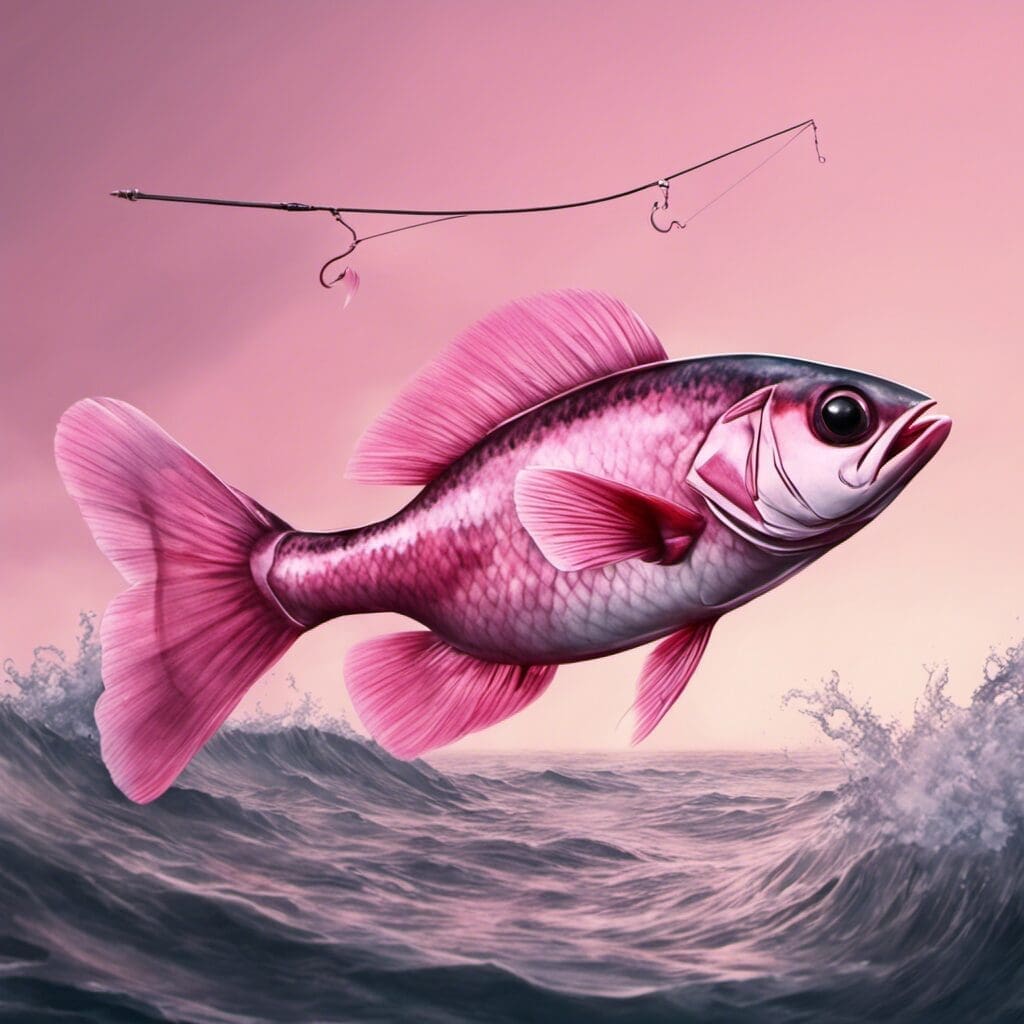Introduction
The Pink Maomao, scientifically known as Caprodon longimanus, is a striking member of the family Anthiadinae, known for their vivacious coloration and intriguing behaviors.
Conservation Status
Currently, the Pink Maomao has not been evaluated by the International Union for Conservation of Nature (IUCN), which maintains the Red List of Threatened Species. Conservation efforts for this species are mainly focused on sustaining their marine environments.
Statistics
| Characteristic | Average | Range |
|---|---|---|
| Length | 30 cm | 15-40 cm |
| Weight | 1.5 kg | 0.7-2.5 kg |
| Average Lifespan | 12 years | 8-14 years |
Distribution
Pink Maomao are typically found in New Zealand and New South Wales in Australia. They do not exhibit significant migration patterns as most of the population stays within these confines.
Habitats
- Water Type: Marine
- Depth Range: 20-100 meters
- Temperature Range: 15-20°C
When and Where to See
Pink Maomao are commonly seen during the summer months when the water temperatures are warmer, especially in the early morning and late afternoon.
Best Fishing Locations
Some of the best locations for catching Pink Maomao include:
- The Poor Knights Islands, New Zealand
- Goat Island Marine Reserve, New Zealand
- Mimiwhangata Coastal Park, New Zealand
- Mount Maunganui, New Zealand
- South West Rocks, Australia
How to Catch
Pink Maomao are best caught using bait such as shrimp, squid, or worms. They can be lured using various techniques like fly fishing and bottom fishing. During the summer season or in warmer water conditions, fishing for Pink Maomao tends to be more successful during the early morning and late afternoon hours.
Identification Guide
Pink Maomao are identifiable by their vibrant pink color, elongated body shape, and distinctive blue markings. Unlike their close relatives the Red Maomao, the Pink Maomao are shades of pink with a deeper red towards their dorsal fin.
Culinary
The flesh of the Pink Maomao is delicate and soft, offering a mild, sweet flavor. It can be enjoyed in a variety of dishes including fish fries, roasts, and stews. Remember to always cook it thoroughly to ensure safe consumption. Nutritional information and specific recipes can be obtained from various cookbooks and culinary websites.
Additional Information
Pink Maomao are benthopelagic feeders, consuming zooplankton, small cephalopods, and krill. Known predators include larger fish and seabirds. However, the greatest threat to their population is habitat loss due to climate change and ocean pollution.
The Pink Maomao does not appear to hold significant cultural or historical significance, being primarily appreciated for its beauty and culinary use.
References and Further Reading
While this article provides a broad overview of the Pink Maomao, more detailed information can be obtained from scientific literature, marine biology texts, fishing guides, and related online resources. Always remember to check the credibility of the resources before relying on information found online.

